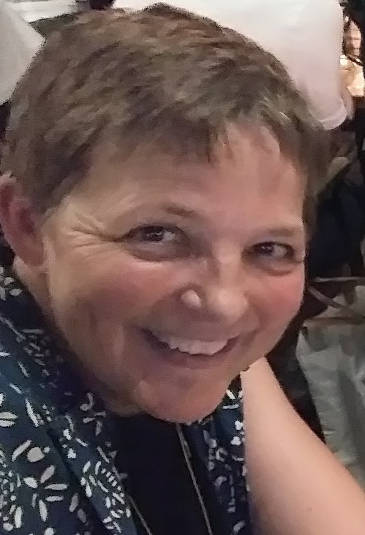About the lecture
Shifting focus from patients’ to healers’ bodies, this lecture focuses on how Chinese physicians instrumentalized their bodies to heal (i.e., body as technology to track time, use needles, massage, etc.) and their hands to think with about the patient’s body (i.e., pulse-taking) and to situate their clinical encounter in time (hand-memory techniques).
When physicians used their hands to memorize concepts related to clinical practice, calculate with time variables, and carry out ritual gestures intended to reduce risk, improve fortune, and even cure, their hands became extensions of their minds.
“Knowing hands” captures how pre-modern Chinese used their hands to think through things, such as macro-microcosm relationships, and to think with, as in cognitive processing, but also hand-based interventions such as pulse taking, needling, massage.
The talk will cover two dimensions of “knowing hands”; namely, 1) hand-memory techniques – how humans use hands to aid their cognitive processing – and 2) handy knowledge – what knowledge is grasped corporeally and conceptually with hands and so considered “handy” enough to be embodied.
This lecture will draw from the history of Chinese medicine and divination to cover the spectrum from “knowing hands” to “handy knowledge” using one Chinese medical text as the main entry point: Zhang Jiebin’s 1624 Classified Canon (Leijing) and its two appendices Illustrated Wing (tuyi) and Appended Wing (fuyi).
The lecture will be followed by a three hour research seminar. Participants are invited to join both arrangements.
About Marta Hanson

Marta Hanson, PhD, is an independent scholar who publishes widely about the history of medicine in China, public health in East Asia, and early modern Sino-European medical exchanges.
She was Assistant Professor of late imperial Chinese history at the University of California, San Diego (1997-2004) and then Associate Professor of East Asian medical history in the History of Medicine Department, Johns Hopkins University (2004-2021). She is currently a visiting scholar at Max-Plank-Institut für Wissenschaftsgeschichte in Berlin.
Her book is Speaking of Epidemics in Chinese Medicine: Disease and the Geographic Imagination in Late Imperial China (Routledge, 2011). She is working on a book manuscript titled Grasping Heaven and Earth: The Mind in Hand in Classical Chinese Medicine.
This book examines connections between medicine and divination in Ming China and how physicians borrowed from diviners on how to use their hands to think with, divine, and heal.
Within cross-cultural medical history, she has an on-going scholarly collaboration with Gianna Pomata (early modern European historian) on 17th- to 18th-century translations of Chinese medical texts into European languages.
This has resulted in several publications related to the Specimen Medicinæ Sinicæ (A Sample of Chinese Medicine, 1682), the first translation into Latin of Chinese medical texts. Related to contemporary issues, she has written about Chinese medical responses to SARS, what COVID19 has revealed about US-China differences, and cultural patterns of responses to pandemics.
She was senior co-editor of the journal Asian Medicine: Tradition and Modernity (2011-2016), President of the International Society for the History of East Asian Science, Technology, and Medicine (ISHEASTM, 2015-2019), and Secretary of the International Society for the Study of Asian Medicine (IASTAM 2006-2009).
Currently, she is Vice President of the International Society for the Critical Study of Divination (ISCSD 2023) and on the editorial boards of East Asian Science, Technology, and Medicine, East Asian Science, Technology, and Society, Asian Medicine, Chinese Medicine and Culture, and the Asian Journal of Medical Humanities.
.jpg)